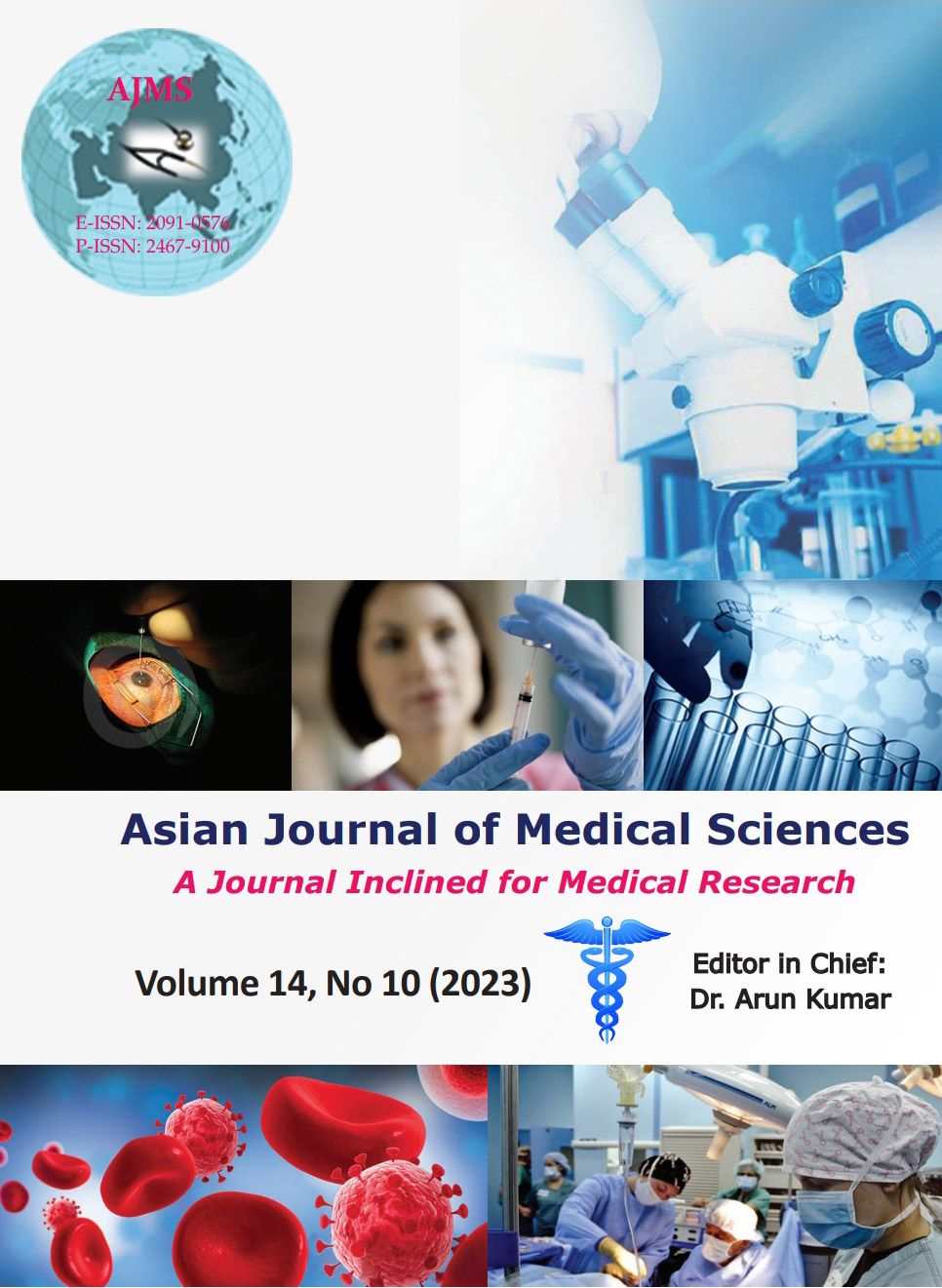A rare case of meningioma with extracalvarial extension: A Case report
Keywords:
Meningioma; Osteolysis; Extracranial extensionAbstract
Meningioma is a common primary tumor of the central nervous system. Here, we describe a case of meningioma en plaque with intracranial mass with osteolysis with extracalvarial extension. The patient was a 54 years male who presented to us with a rapidly growing mass in the left frontal region. On magnetic resonance imaging brain, the mass was avid heterogeneously enhancing extra-axial lesion in the left frontal lobe with surrounding cerebrospinal fluid cleft with an erosion of overlying frontal calvaria on the left side with an extracranial component. Simpson’s grade 1 excision was carried out. Histopathology showed a meningothelial meningioma with low tumor cell proliferation but with infiltration into the bone and angioinvasion. The patient was taken for radiotherapy. The patient recovered well in the post-operative period.
Downloads
Downloads
Published
Versions
- 2023-10-05 (2)
- 2023-10-02 (1)
How to Cite
Issue
Section
License
Copyright (c) 2023 Asian Journal of Medical Sciences

This work is licensed under a Creative Commons Attribution-NonCommercial 4.0 International License.
Authors who publish with this journal agree to the following terms:
- The journal holds copyright and publishes the work under a Creative Commons CC-BY-NC license that permits use, distribution and reprduction in any medium, provided the original work is properly cited and is not used for commercial purposes. The journal should be recognised as the original publisher of this work.
- Authors are able to enter into separate, additional contractual arrangements for the non-exclusive distribution of the journal's published version of the work (e.g., post it to an institutional repository or publish it in a book), with an acknowledgement of its initial publication in this journal.
- Authors are permitted and encouraged to post their work online (e.g., in institutional repositories or on their website) prior to and during the submission process, as it can lead to productive exchanges, as well as earlier and greater citation of published work (See The Effect of Open Access).




